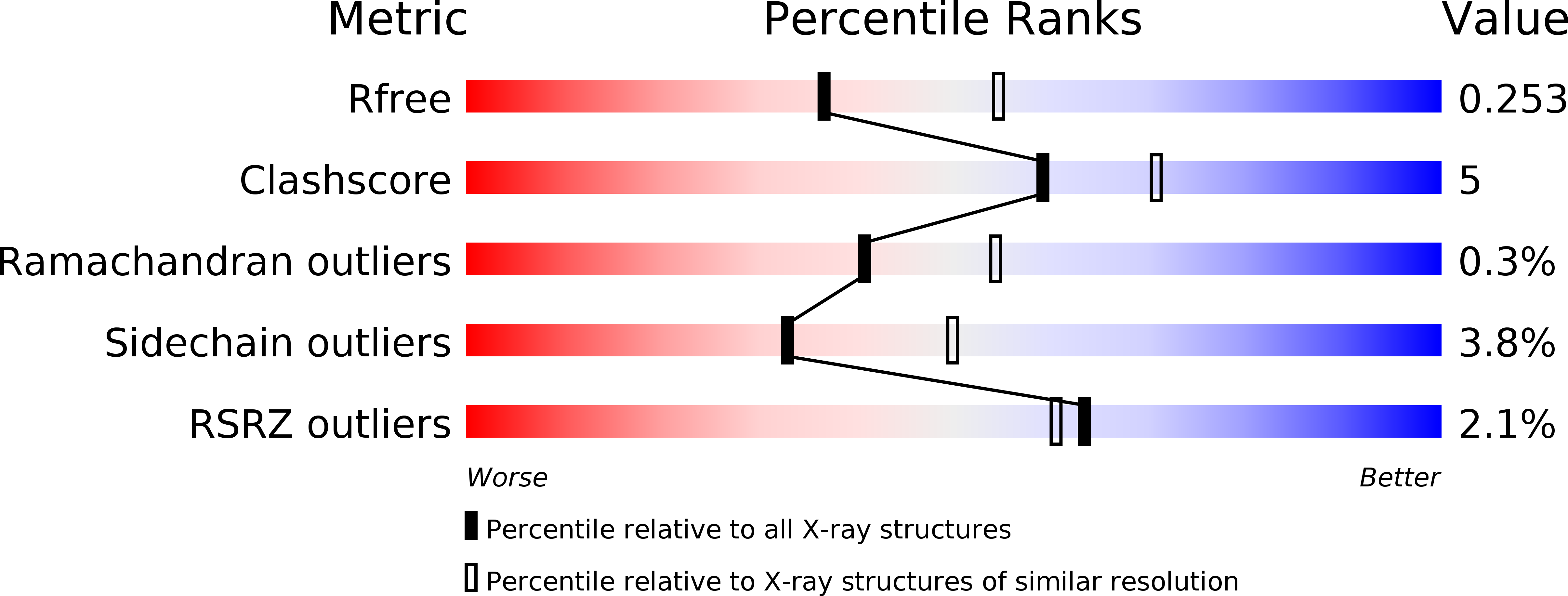
Deposition Date
2007-04-24
Release Date
2007-05-01
Last Version Date
2024-02-21
Method Details:
Experimental Method:
Resolution:
2.41 Å
R-Value Free:
0.25
R-Value Work:
0.18
R-Value Observed:
0.19
Space Group:
P 21 21 21


